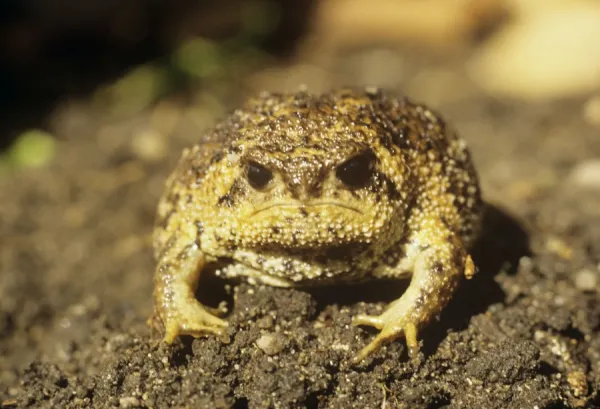Discover Unmatched Beauty: Rain Frog for Sale Awaits to Improve Your Life!
Discover Unmatched Beauty: Rain Frog for Sale Awaits to Improve Your Life!
Blog Article
The Very Best Reptile Enclosures: Exactly How to Develop the Ideal Habitat
Producing the best environment for reptiles is not practically positioning them in a tank or enclosure; it includes a thoughtful consideration of different aspects that add to their total health. From the dimension of the unit to the sort of substratum made use of, every component plays an important function in supplying an atmosphere where your reptile can prosper. By comprehending the certain requirements of your reptile types and executing the best habitat setup, you can ensure their wellness and joy in bondage.
Selecting the Right Room Size
When selecting an unit dimension for reptiles, it is vital to consider their natural behaviors and room needs to guarantee their wellness and health. When it comes to environment space, various reptile varieties have varying needs. Arboreal varieties like chameleons or tree serpents need vertical area for climbing up and setting down, while terrestrial species such as bearded dragons or leopard geckos require more floor area for discovering and thermoregulation. Marine turtles like red-eared sliders demand units with both water and acreage for swimming and basking.
A basic rule of thumb is to offer enough room for the reptile to exhibit all-natural actions, such as basking, concealing, climbing, and foraging. By carefully thinking about the certain demands of the reptile species in concern, proprietors can produce an ideal and enhancing environment that advertises total health and urges all-natural actions.
Establishing Appropriate Heating Elements
To ensure the health and wellness of reptiles in their rooms, it is important to carefully establish up appropriate heating components. When establishing up heating components in a reptile room, it is important to consider the details temperature level requirements of the varieties you are caring for.
One reliable and typical heating component for reptile enclosures is a warmth lamp or ceramic heat emitter. These warm sources can be made use of to produce a temperature level gradient within the unit, enabling reptiles to relocate between warmer and cooler locations as needed. In addition, under-tank heating pads or warmth mats can be used to supply stomach heat, which is specifically useful for reptiles that call for extra warmth to aid in food digestion.
Keeping track of the temperature level within the enclosure using a thermostat is vital to make certain that the heating elements are maintaining the ideal temperature level range for your reptile. Routinely inspect and change the burner as needed to create a healthy and balanced and comfy setting for your scaly buddy.
Choosing Appropriate Illumination Components

Providing the Suitable Substrate
Choosing the ideal substratum is necessary for creating a comfy and ideal setting for reptiles in their units. Some reptiles, such as desert-dwelling species like bearded dragons, thrive on substrates like calcium sand or reptile rug, while others, like ball pythons, choose coconut husk or aspen bed linens to preserve moisture degrees.
Prevent substrates that can create impaction, such as loose substrates like sand or crushed rock, specifically for reptiles understood to consume their bed Continue linen. Regularly cleaning and replacing the substrate is important to make sure a clean and sanitary atmosphere for your reptile.
Decorating for Enrichment and Comfort
Thinking about the substratum's role in providing a foundation for natural actions and maintaining an ideal setting, improving the reptile room with proper decorations is essential for both enrichment and comfort. When decorating the unit, it is necessary to think about the reptile's species-specific requirements and behaviors to develop a room that promotes psychological and physical health. By integrating a variety of decorations that mimic the reptile's all-natural habitat, owners can guarantee their animal's convenience and boost their all-natural instincts, inevitably leading to a happier and healthier reptile.
Verdict

Developing the perfect habitat for reptiles is not just concerning positioning them in a tank or room; it entails a thoughtful factor to consider of various aspects i thought about this that add to their total well-being.Selecting the proper substratum is essential for creating a comfortable and appropriate setting for reptiles in their enclosures. Some reptiles, such as desert-dwelling species like bearded dragons, thrive visite site on substratums like calcium sand or reptile carpeting, while others, like round pythons, prefer coconut husk or aspen bedding to maintain humidity levels.
By incorporating a range of designs that simulate the reptile's all-natural environment, owners can ensure their family pet's convenience and promote their all-natural impulses, eventually leading to a happier and healthier reptile.
In final thought, producing the optimal habitat for reptiles includes selecting the suitable enclosure size, home heating components, lighting components, substratum, and designs.
Report this page